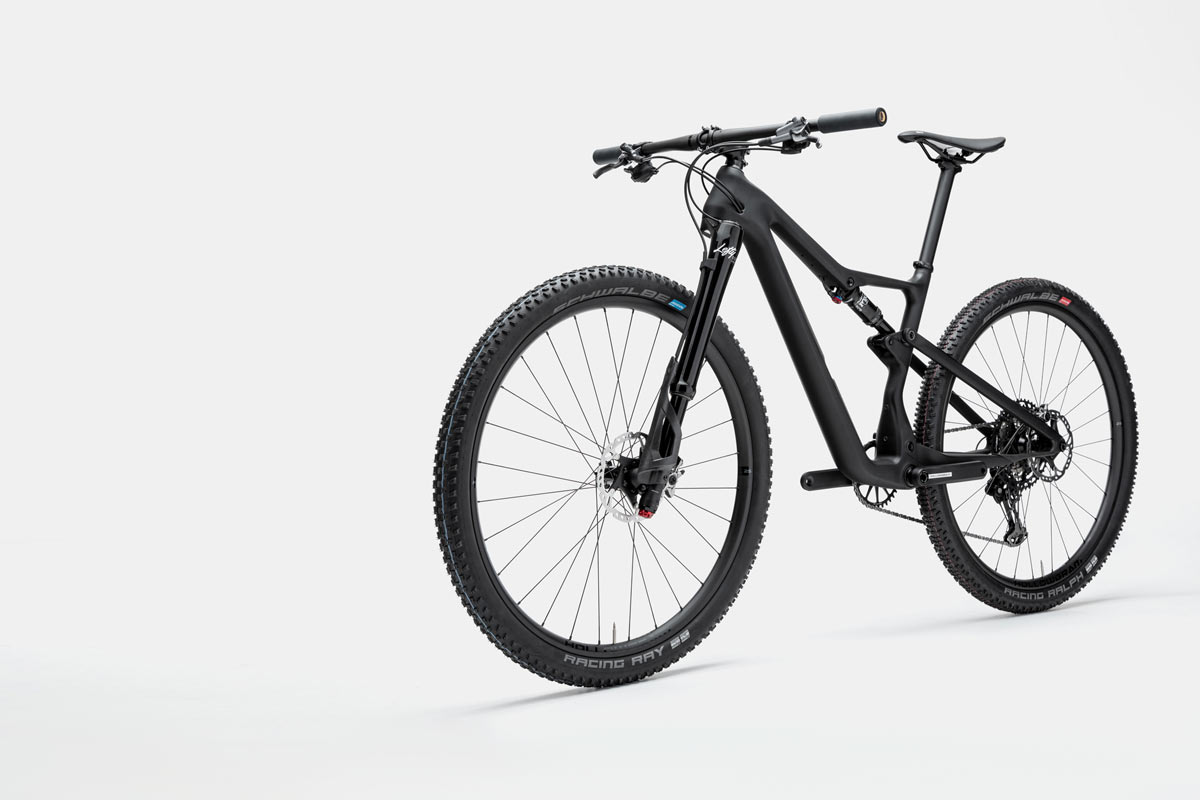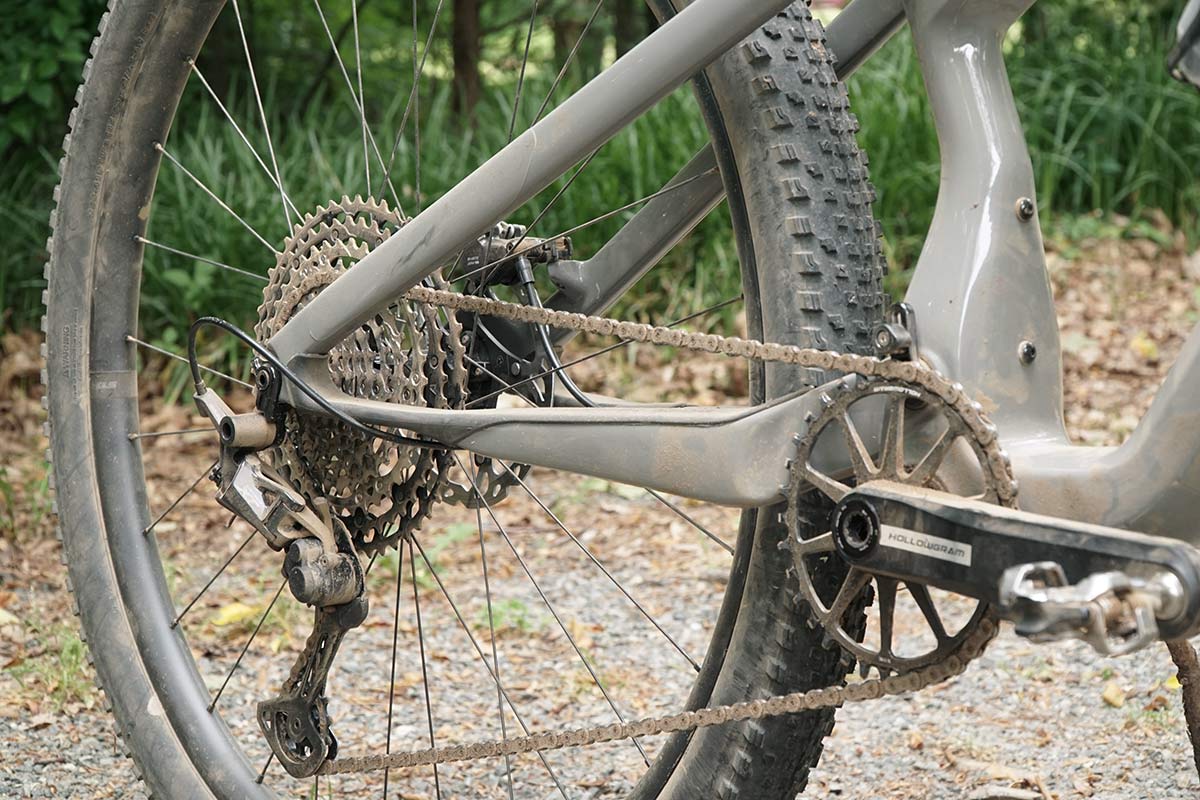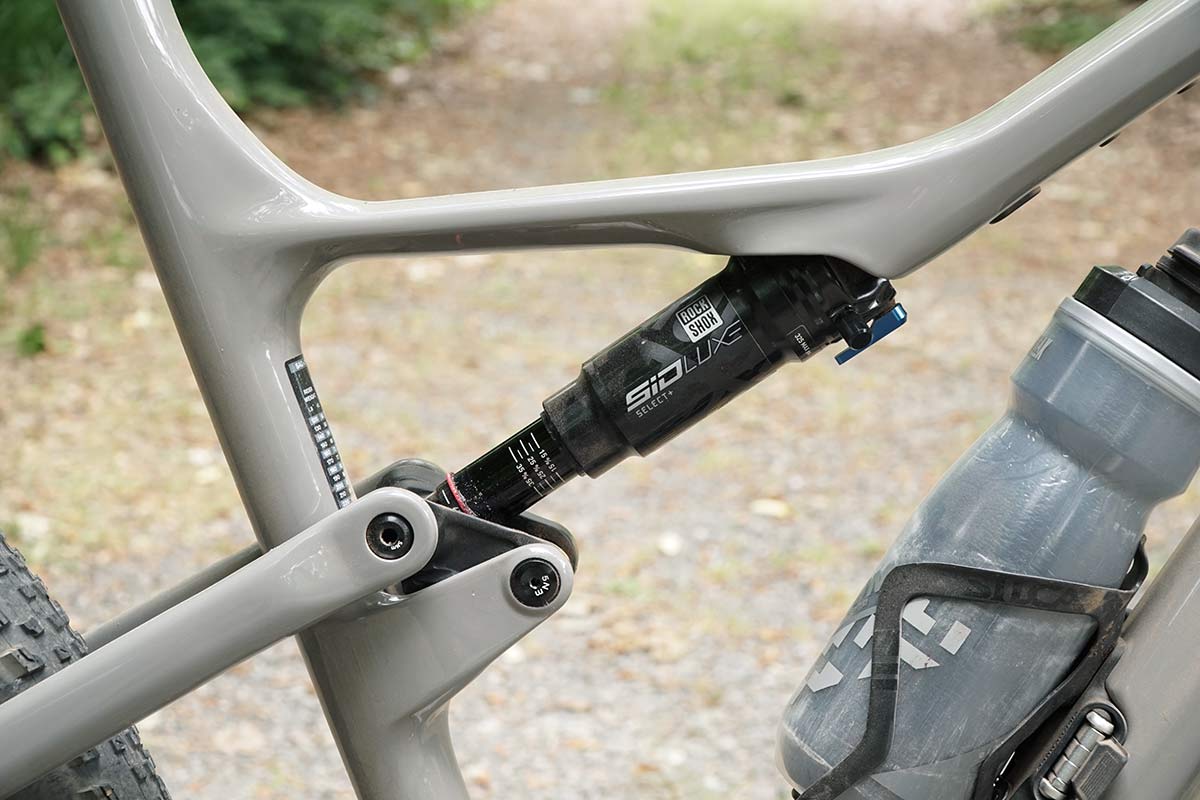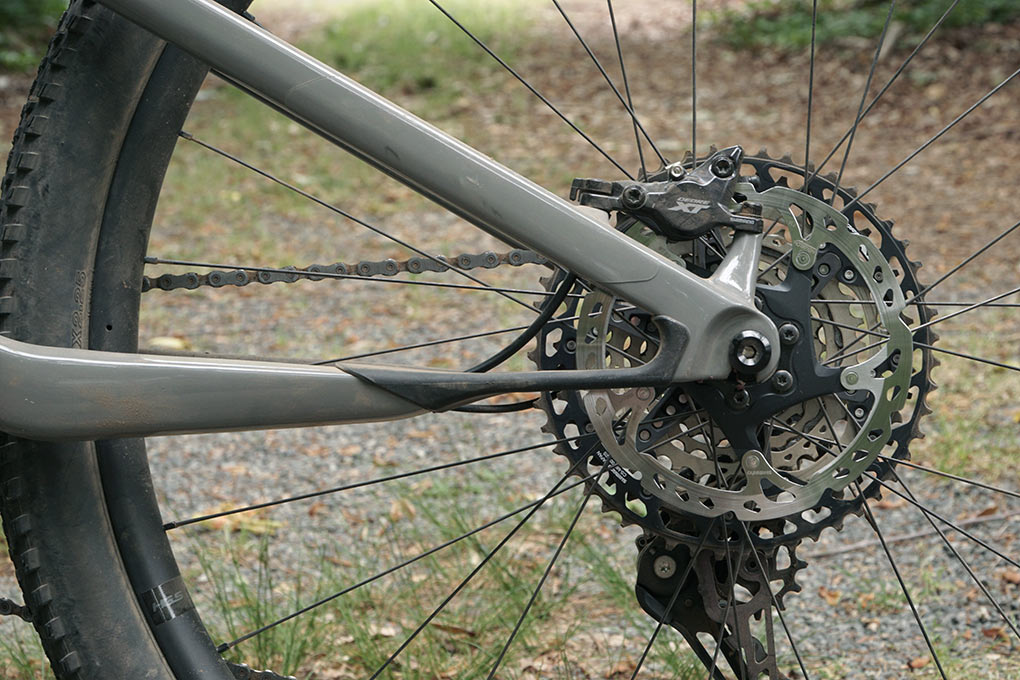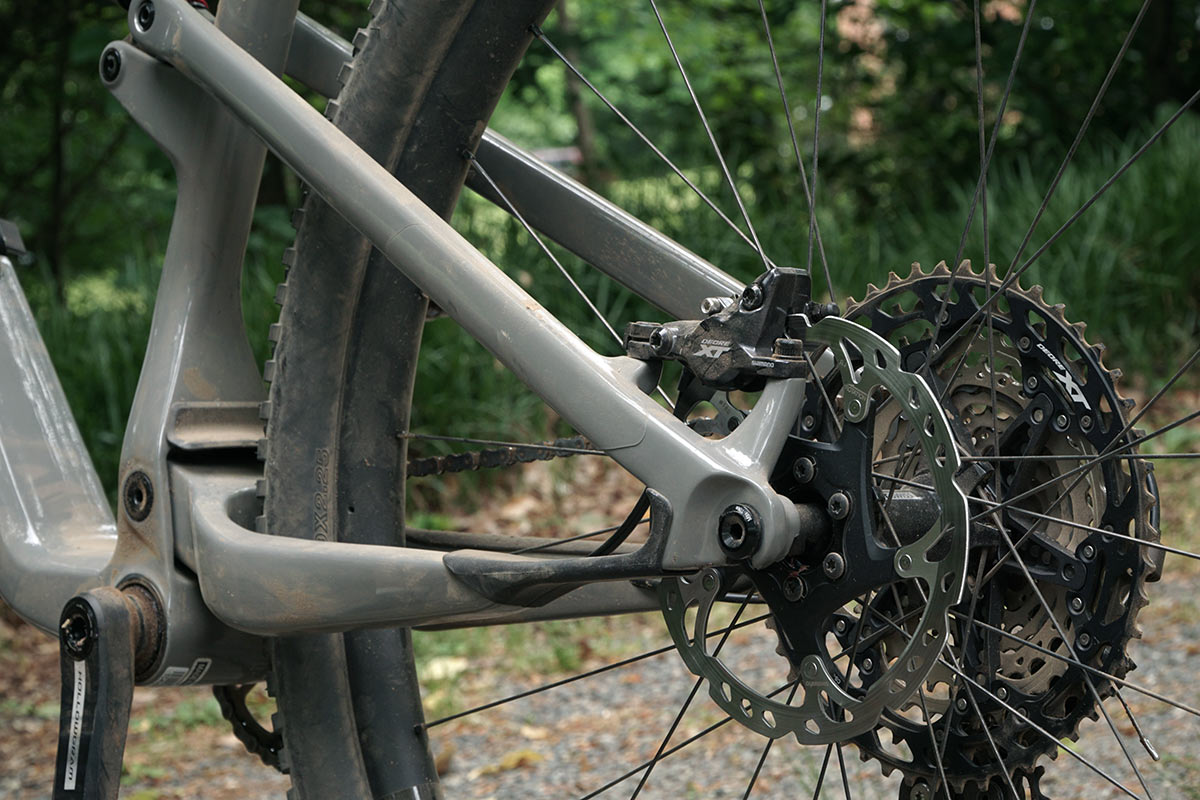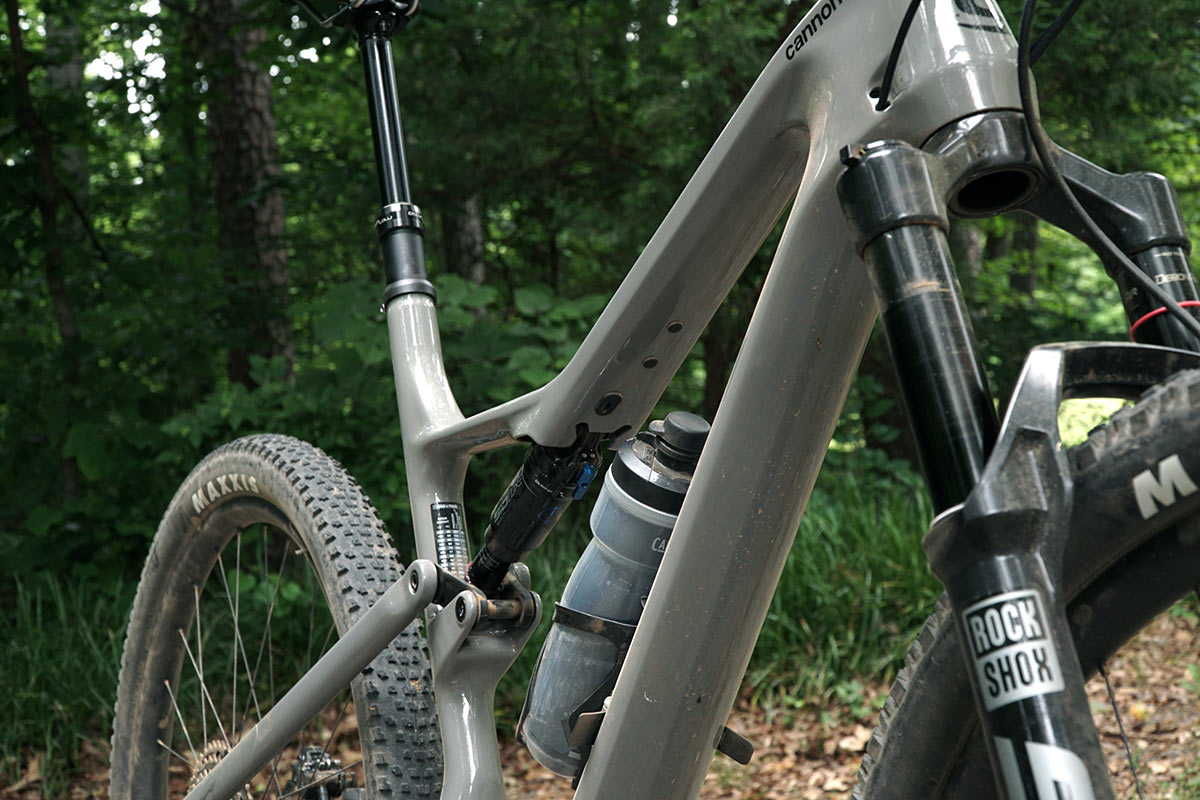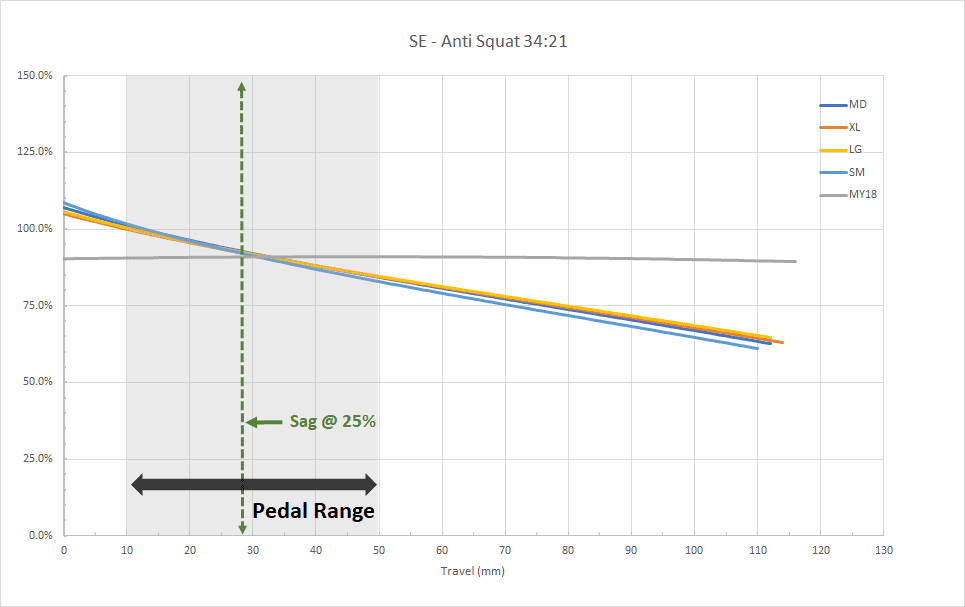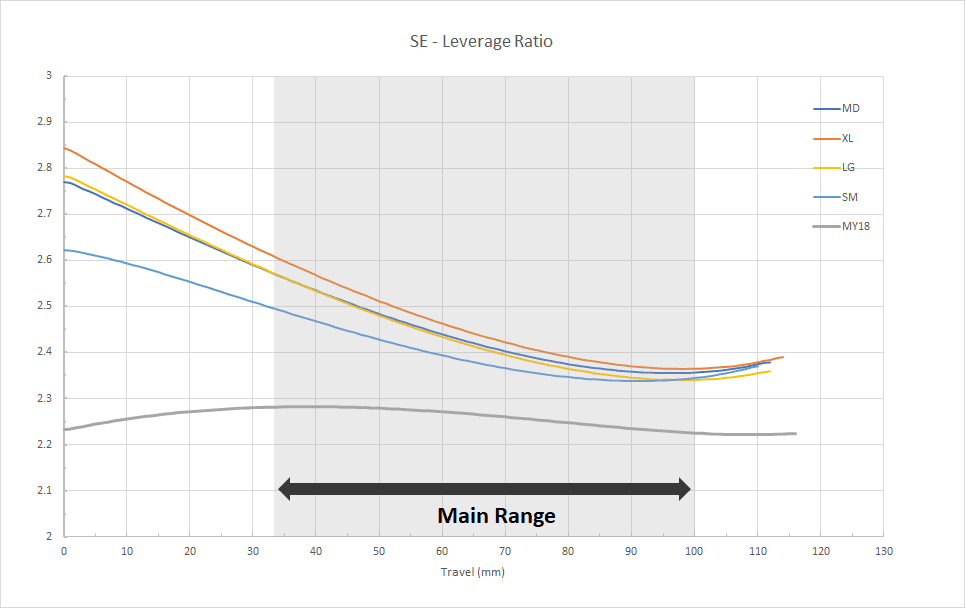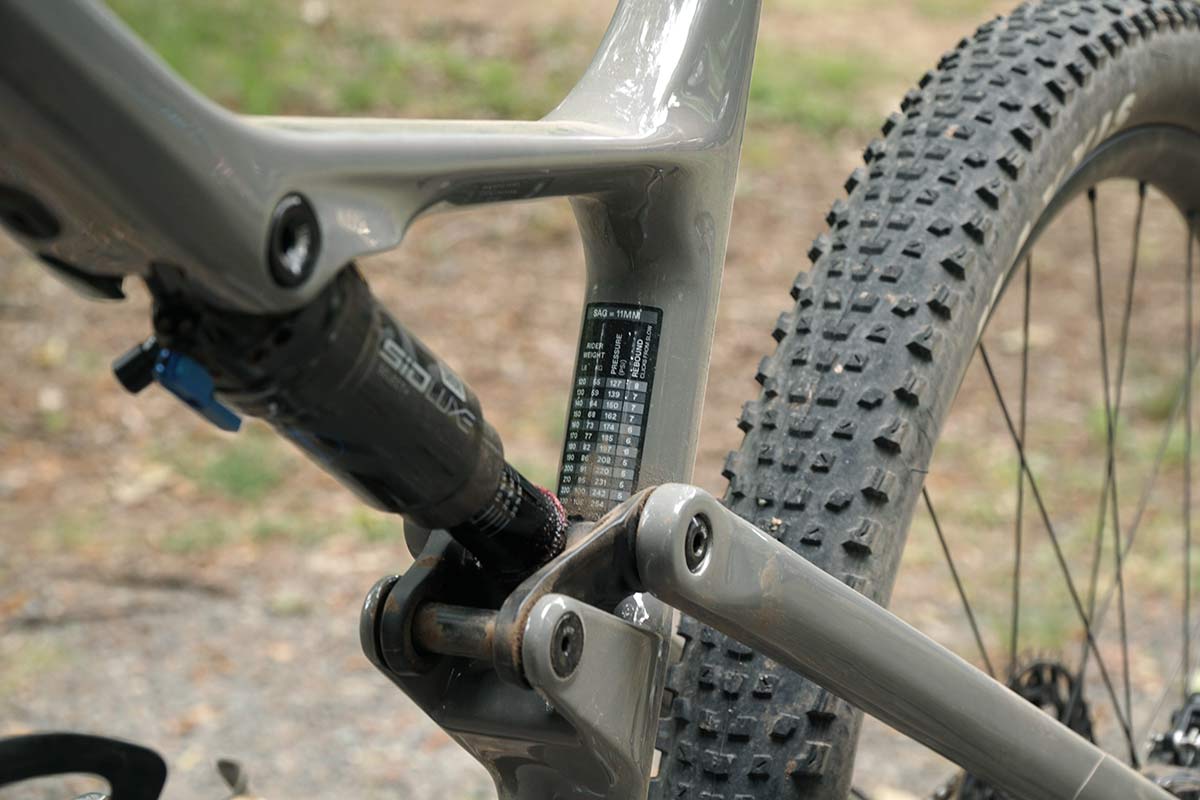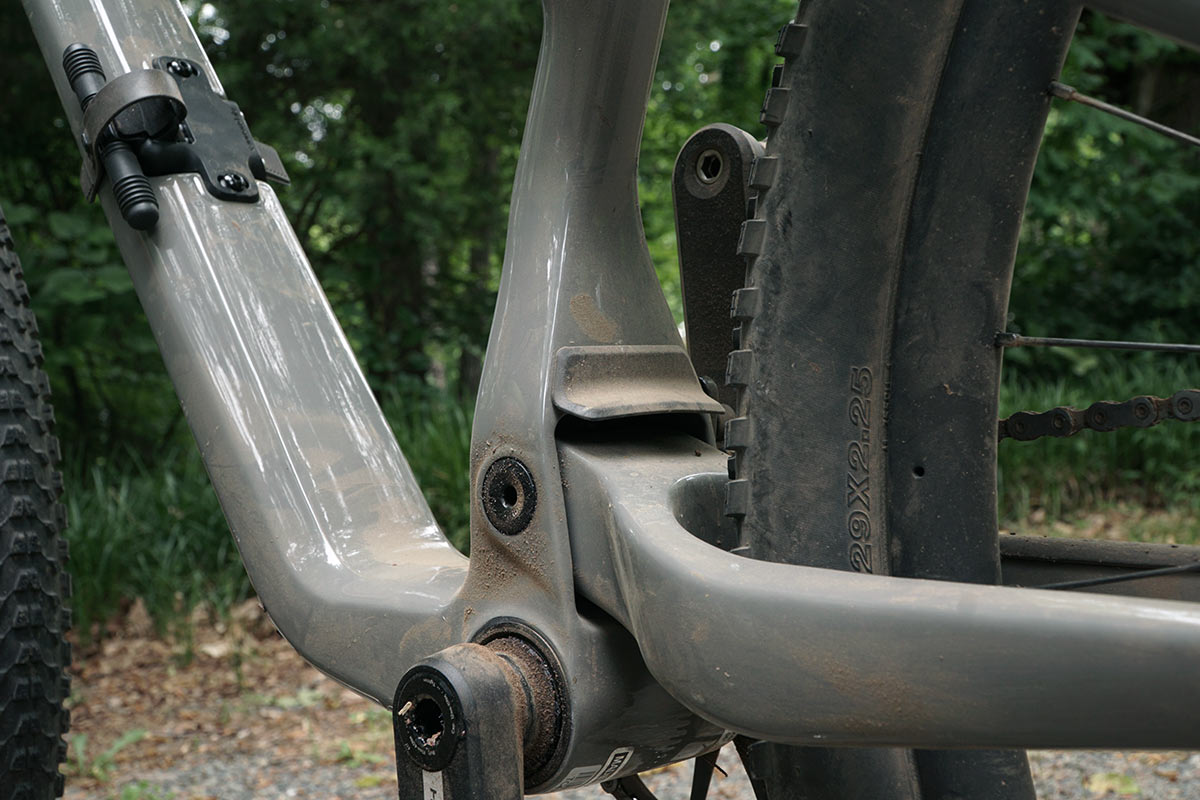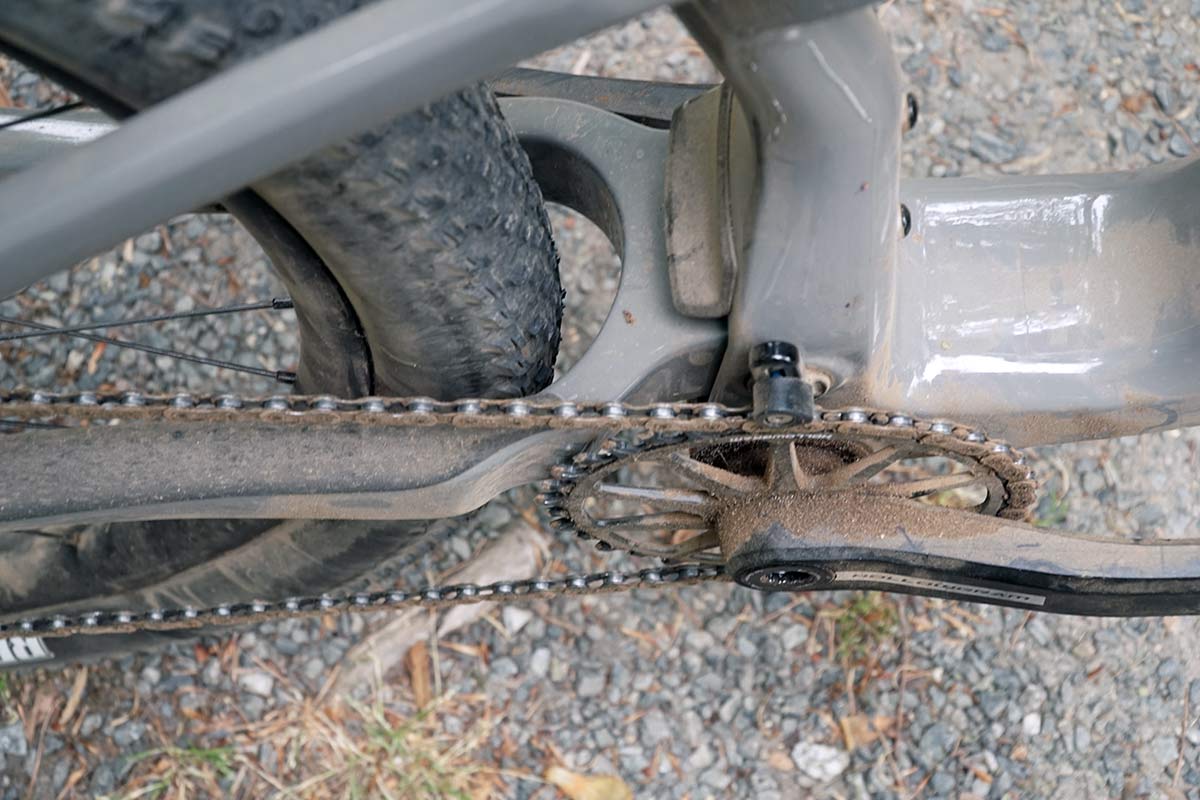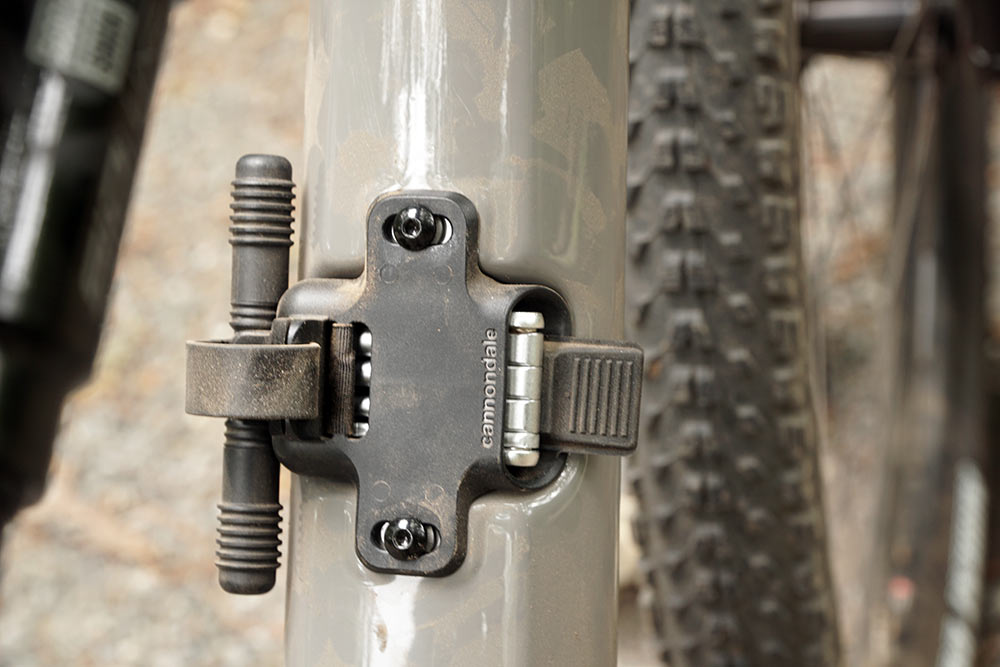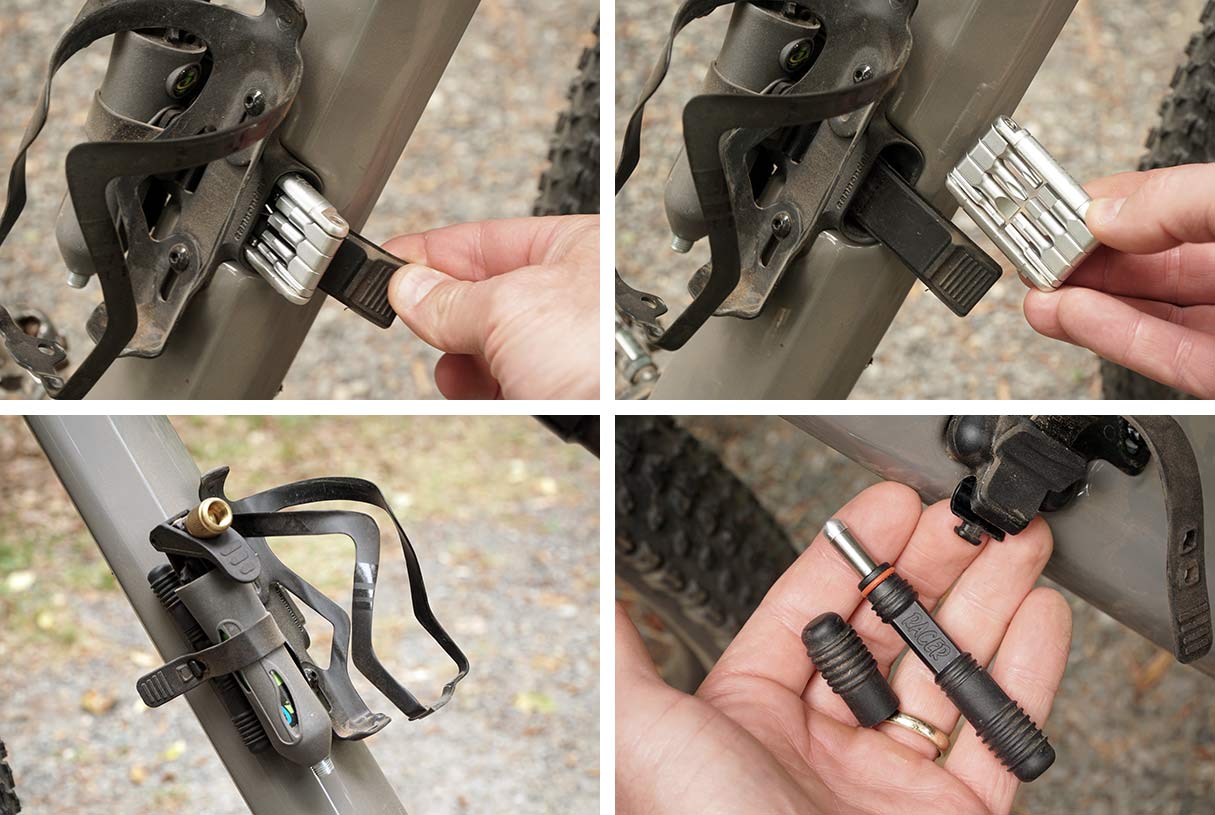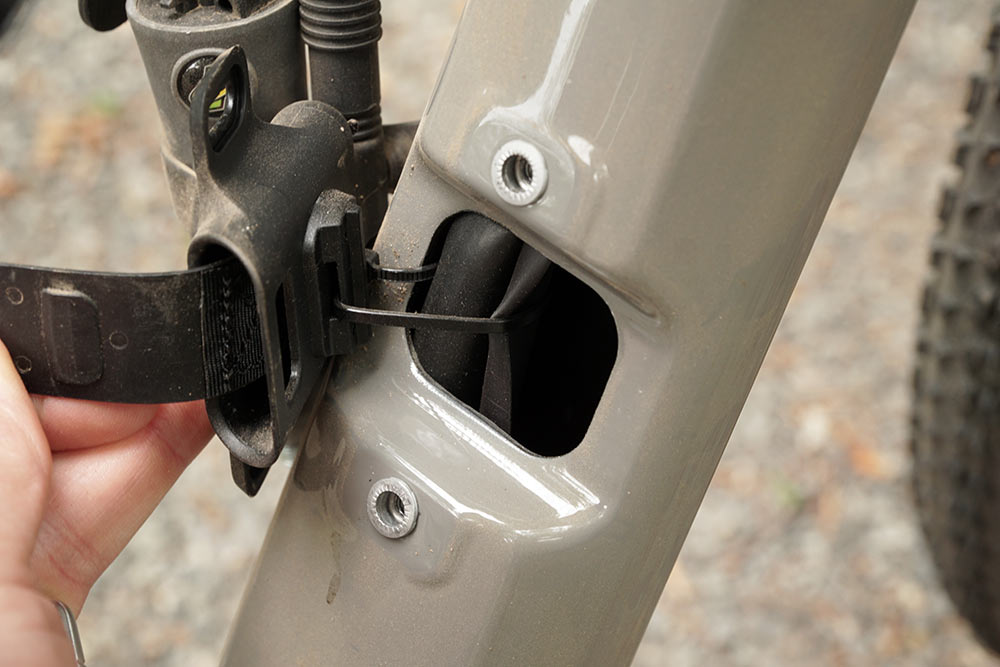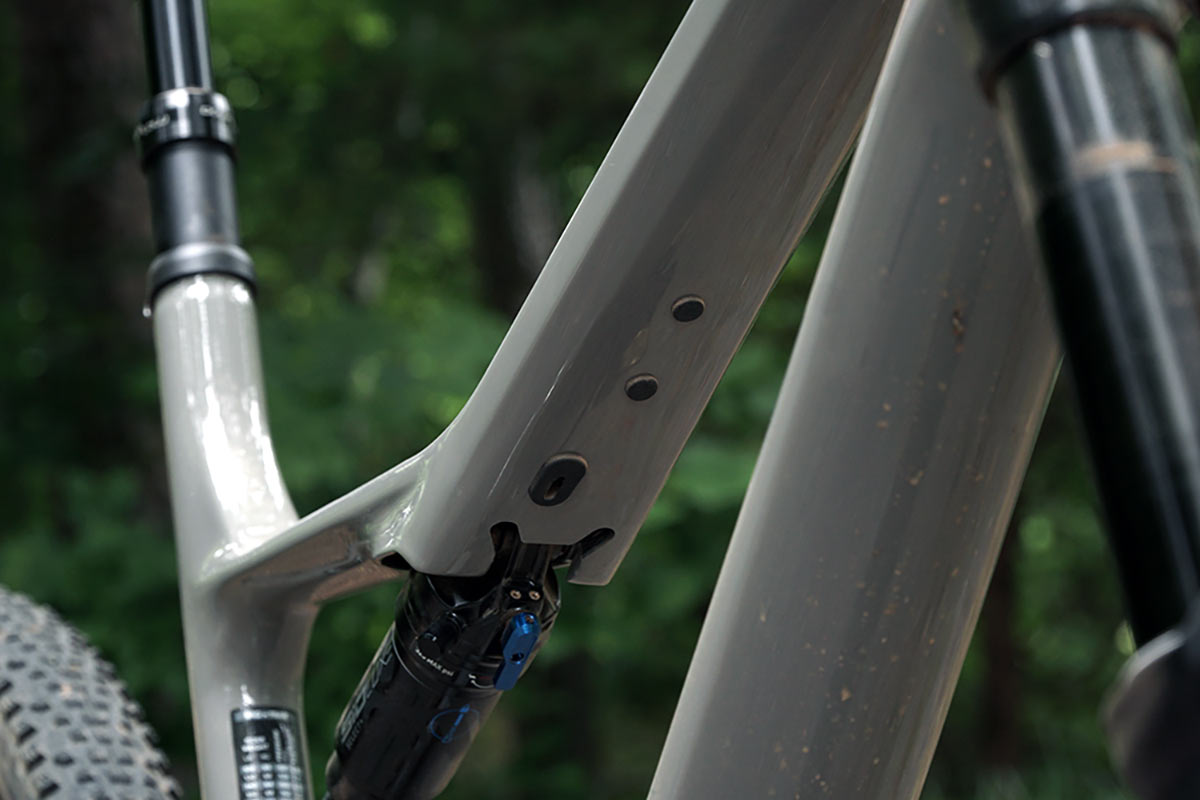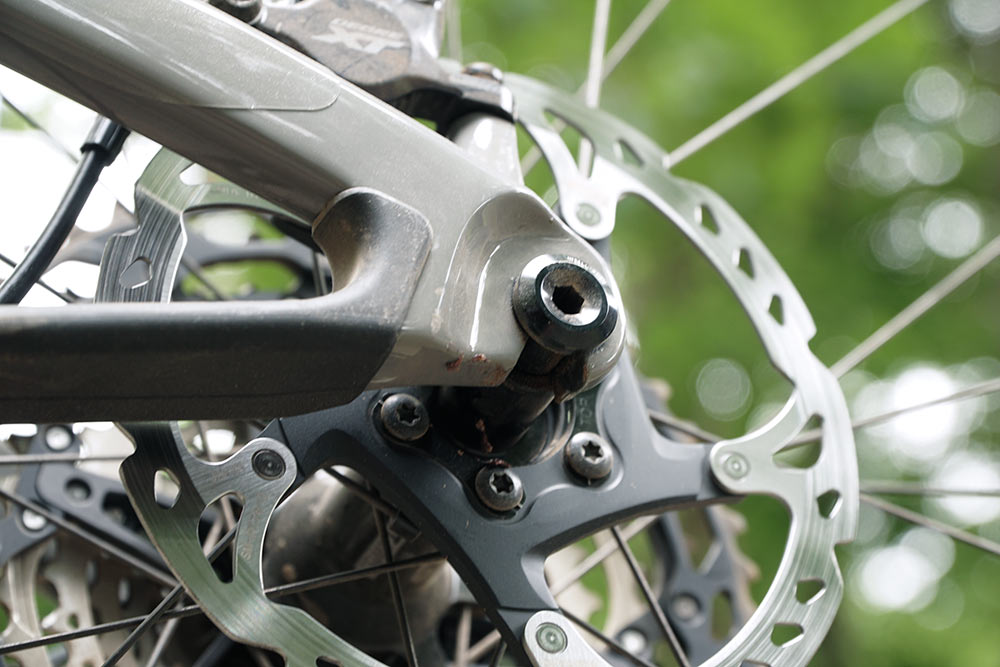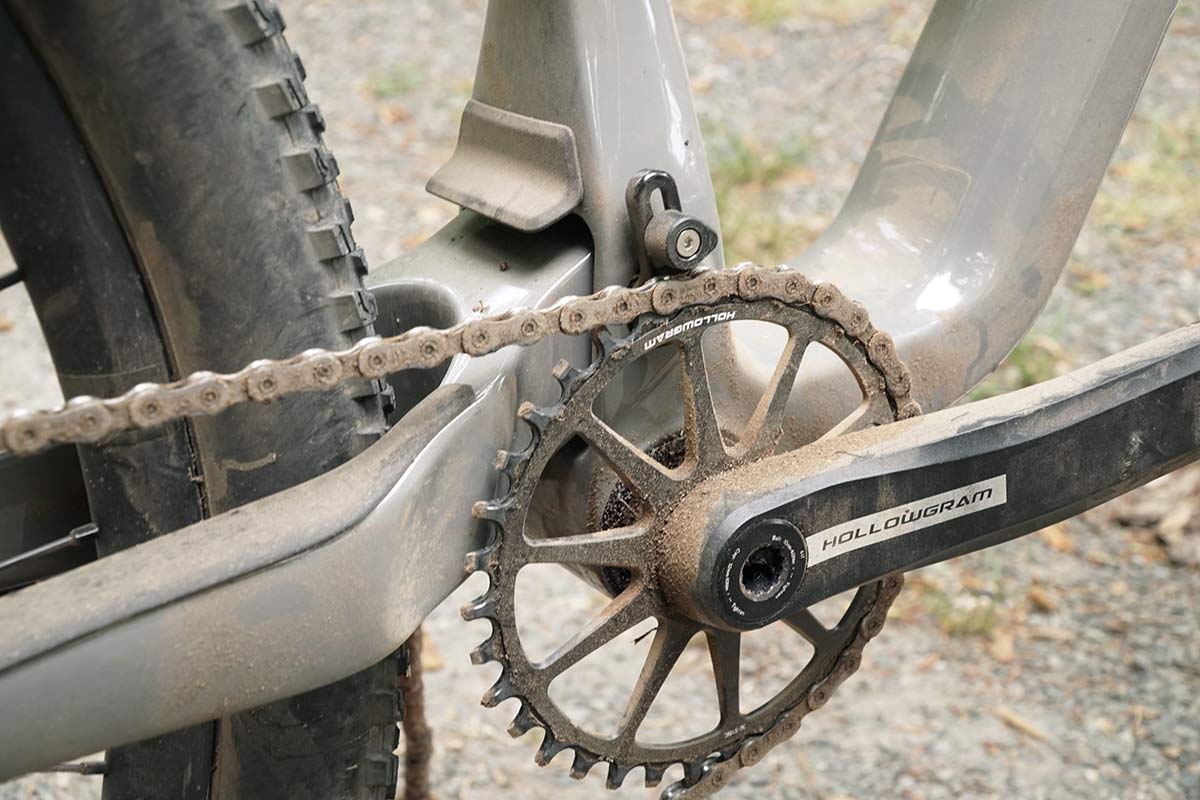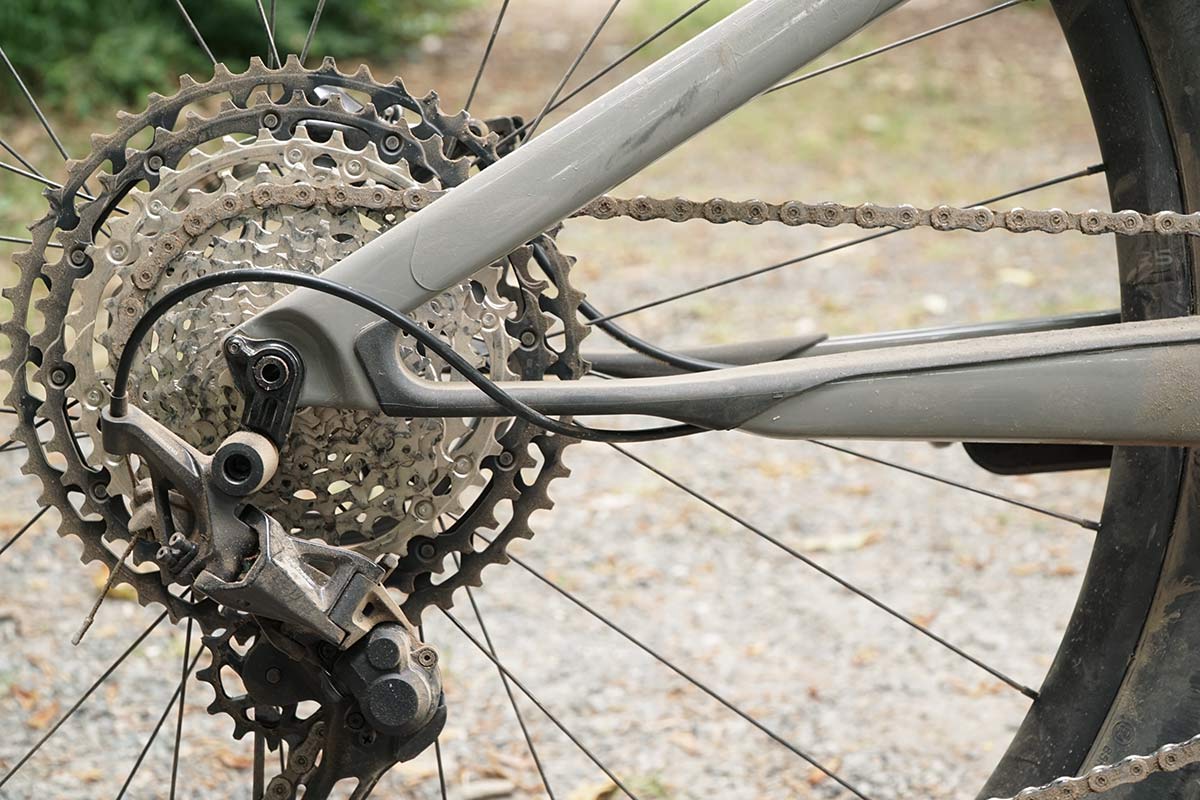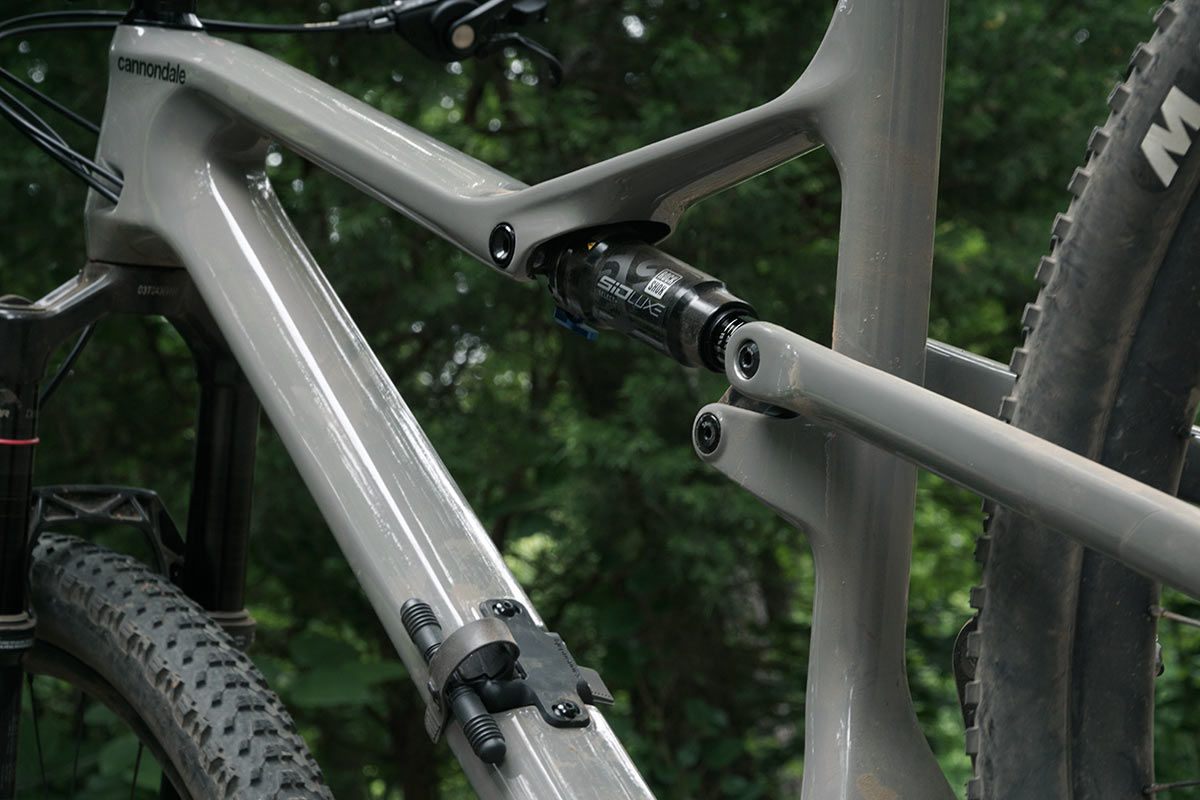The Cannondale Scalpel has always been one of the lightest, simplest full suspension XC race mountain bikes. Now, it gets more progressive geometry, and more travel, making it more capable than ever. Offered in 100mm XC and 120mm SE versions, the 2021 Scalpel lets you go a little bigger, and a lot faster.
Early on, the Cannondale Scalpel was one of the first legitimate full suspension XC race bikes, getting things like disc brakes, a stout fork with their Lefty, and a 2x drivetrain. It even had an early electronic fork lockout!

Fast forward five generations to the Scalpel Si launched in 2016. The bike had evolved into a fully modern XC race bike with progressive geometry that pushed the front end way out to increase high speed stability while becoming both very stiff and very light. In their words, it became the XC bike that others started to emulate.
So, where do you go from there?

Anyone considering a new race bike is looking for one thing: What’s going to make them faster?
But times have changed a little. Not only have courses become gnarlier, but riders are getting shreddier. That, and most brands have caught up in terms of weight savings. The days of Cannondale’s Scalpel being 400+ grams lighter than the competition are gone.
But suspension…
That’s where they thought they could improve upon the XC category.
Sure, there’s a lot of development on enduro and trail bike suspension, but Cannondale seems to think that a lot of people’s development stops short of XC suspension. The idea being that in order to keep a bike light and stiff, you have to stick with a very simple suspension layout and kinematics design.
So that’s where they felt they could make the biggest difference with a new bike, and use suspension to find free speed in three places: Climbing, Accelerations, and Descending.
Removing barriers to speed
To do that, they had to remove barriers to speed. They found two areas where they could make worthwhile gains: Pedaling efficiency, and maintaining wheel contact with the ground. The challenge, of course, is going from concept to course.
They started with the Habit, the latest version of which launched in 2018 as a 2019 model, which uses a 4-bar Horst Link design.
A 4-bar design allows them to tailor all aspects of the kinematics, from anti-squat to anti-rise. It also allowed them to use a Proportional Response design concept.
Put simply, Proportional Response means size specific kinematics and center of gravity, which is important because larger riders tend to have taller and more rearward COGs than smaller, lighter riders. So the shock’s angle and mounting points are different on all frame sizes…but head and seat tube angles remain consistent.
But, they say a Horst Link design typically adds 200+ grams over newer designs that eliminate some of the pivot points in favor of flexible stays and other ideas. And we all know how much Cannondale hates adding weight.
Here’s where Cannondale worked their magic
If anyone’s become an expert in making flexible stays work for full suspension bikes, it’s Cannondale. They’ve been using their SAVE stays on road, gravel and mountain bikes for two decades…it started on that first Scalpel back in 2001.
They knew they could make it durable. But convincing everyone else that it’s durable and strong required a test. And not just any test. A new test on a new testing machine that dropped 7,000 pounds of force on it again and again. They broke rear shocks. And fixtures. But never the frame.
So they rigged up a prototype rear end onto a 130mm travel Habit and sent it to Josh Bryceland to thrash for real world testing. It passed that, too.
On a typical 130-140mm travel bike, that bottom rear pivot location would see about 8º of rotation. They say this 120mm travel Scalpel SE gets the equivalent of 6º rotation in that spot. Presumably less on the 100mm Scalpel.
The result is called FlexPivot, and it’s a “four bar” Horst Link design, except without a fourth pivot bearing, axle and hardware near the rear axle. Hence the “pivot-less” clickbait in the headline. Sorry/not sorry.
OK, but how does all that make the bike faster?
It all boils down to pedaling efficiency and keeping the rear tire in contact with the ground. Which they accomplished with leverage ratios.
The 2021 Cannondale Scalpel has a more progressive leverage ratio than the previous bike, which had a very flat curve. A 16% progression (from 0 to 100% travel), to be exact. Or 8.85% progression within the most-used 30-90% travel range. This is the leverage ratio rise, which is engineer speak for “it’s more progressive.”
Why do they want it to be so progressive?
Traction.
Moving away from a flat rate helped them improve small bump sensitivity, which should improve traction by making the shock a little more active in the first 30% of it’s stroke. That’s basically the sagged, or “negative”, travel and means it’s able to dip down in to small recesses and between roots and rocks and stuff to keep the tire on the ground as you rip over technical terrain.
Anti-squat sits at about 92% at 25% sag. They say the perceived ideal of 100% anti-squat is based on the false premise of a fixed body position. Except we move around on the bike, so they set it less than 100% so that the suspension would move a little easier, helping the rear wheel get up and out of the way when you’re pedaling over a root or something.
Conversely, if the anti-squat at an even 100%, or even higher than 100% to create a false pedaling platform, then when you really drove the pedals down to muscle over something, the suspension would actually be firming up and decrease your traction and handling.
At the end of its travel stroke, it kinematics get slightly digressive. Meaning, the linkage gains slightly more leverage over the shock at the end of the stroke. This helps overcome the natural ramp from an air shock to help you use more of the available travel.
They recommend measuring the actual movement on the shock for the most accurate results. They’re talking about 25% sag measured at the rear wheel, not using the little indicators on the shock itself. Why? Because the lines on the shock don’t take into account the leverage ratio of the suspension.
So, they print both recommended air pressures and sag measurements in millimeters of stroke on the seat tube. Measure 10.4-12.4mm stroke to get 25-30% rear wheel travel sag.
But it’s still light, right?
Of course. It is a Cannondale after all. Much of it is done with carbon optimization of tube shapes and materials. But their new trick is the Chainstay Garage.
The Chainstay Garage is simply where the chainstay yoke nests into the seat tube, which wraps around it. It saves some weight, but also allows for a massive box section above the BB. And the yoke itself is a huge box section.
The pivot axle runs nearly as wide as the BB shell itself, and it sets bearings wider, all while keeping the overall pivot design super simple.
So, how much does the new Cannondale Scalpel weigh?
Cannondale’s claimed weight is 1910g for the top-level Hi-Mod carbon frame in size medium, painted with SID Luxe rear shock and all hardware (with a blanking plate… keep reading). The Standard Mod frame is 150g heavier.
At launch, there are only carbon frames available. We’ll cover all of the models, frame options, pricing and build specs in a separate post.
Integrated tools & cable routing FTW
It’s not just about speed and weight, though. It’s about the entire ride experience, so they added an integrated Fabric 8-in-1 tool, DynaPlug and CO2/pump storage system on the downtube called STASH. It even comes with the new DynaPlug Carbon Racer tire plug tool!
A bottle cage mounts over it, but you can replace it with a Blanking Plate if you want to take frame weight to the minimum (saves about 10g just for the plate, but then you have to add in the weight of the stuff you’d be carrying on it).
Cable routing is easy, using a tube-in-tube for the rear stays only. They use a rubbery cable funnel system (looks and feels like an inner tube) that saves weight on the front end but still eases assembly and maintenance, then clamps cables down to prevent rattling.
2021 Cannondale Scalpel geometry
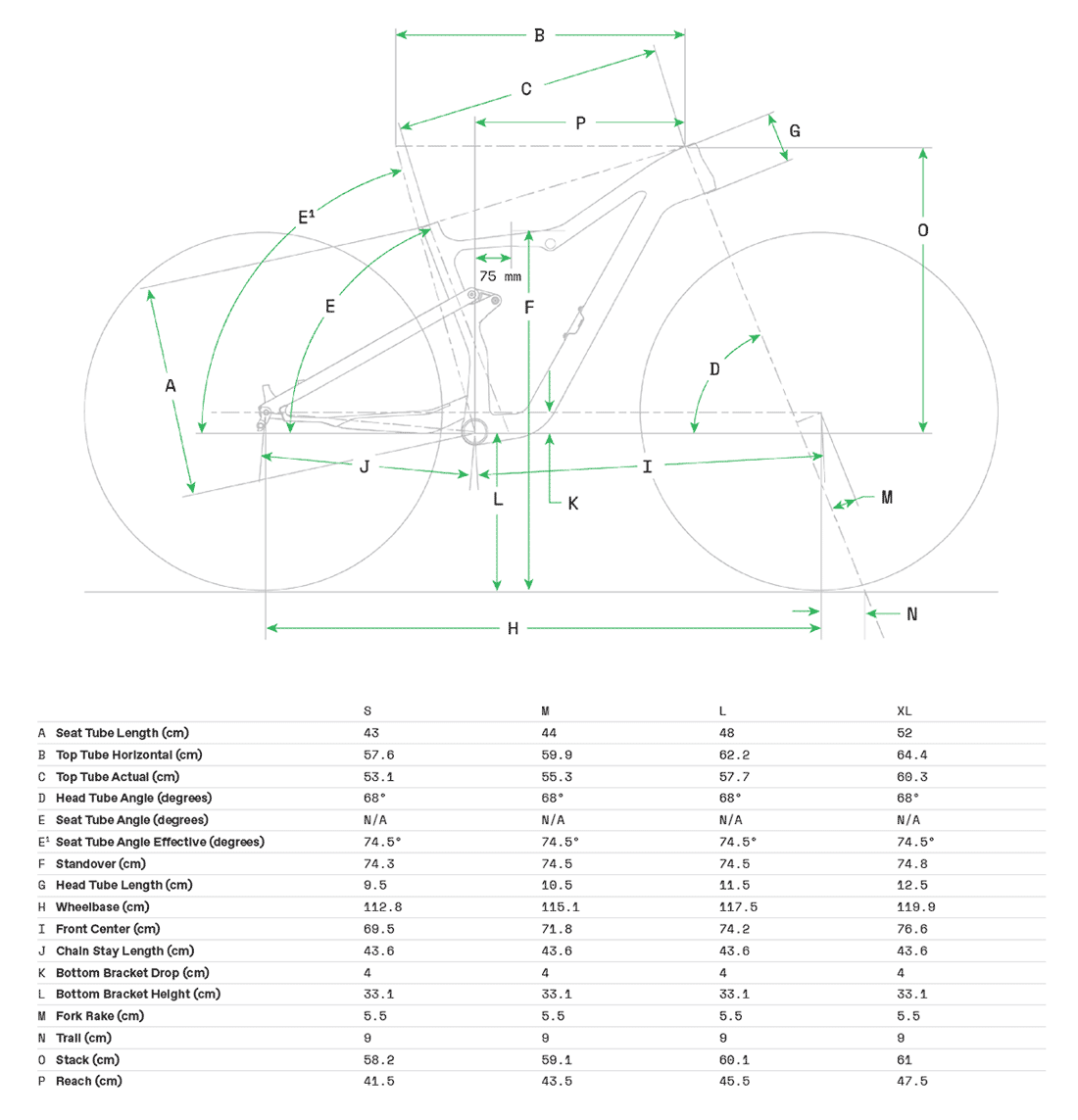
There are two models: The Scalpel Carbon with 100mm travel, and the Scalpel SE with 120mm. Both share the same frame and linkage, it’s just the actual suspension parts that are different. So, technically, you could swap the fork and shock and go between “light trail” and “XC race” anytime you want.
Compared to the prior XC model, they steepened the effective seat angle by about 1.5º to get to 74.5º for the 100mm travel version. HA is 68º, which is one degree slacker than before. Chainstay length is 436mm, which is only 1mm longer than before.
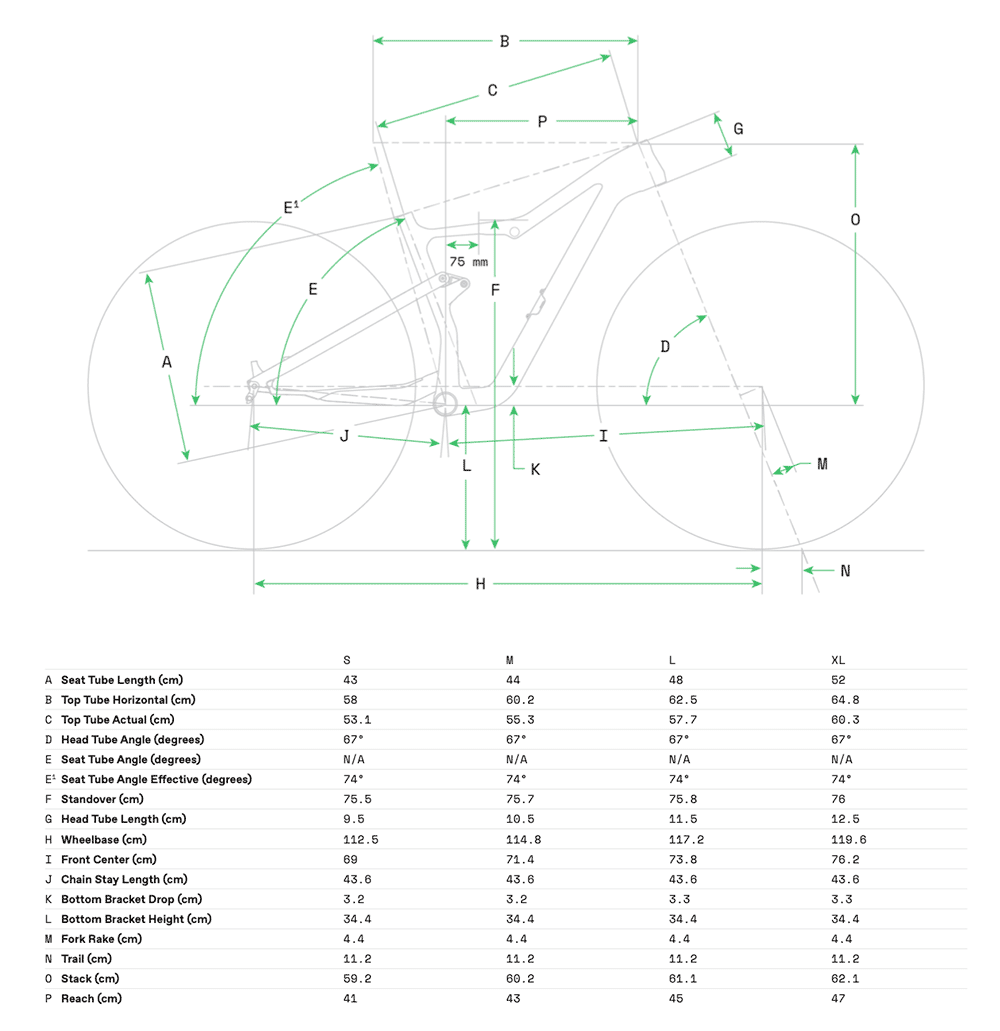
The 120mm travel Scalpel SE has a 74º seat angle and 67º head angle, but otherwise virtually the same since it’s the same frame.
What else should I know about the new Scalpel?
There are a couple of other changes and details worth noting. Under the top tube is a port for a shock remote cable. And Di2 battery mounts, which is interesting considering none of the bikes are coming with it, and there are no mounts for the Fox Live Valve system on the chainstays. Hmmm…wonder if something is coming, or if they’re just future proofing it since the Scalpel seems to be on a longish 4-year product lifecycle program.
The 2021 Scalpel is 29er only. No more 27.5″ options for smaller sizes. The headtube is a more traditional 1.125″-to-1.5″ shape, too, now that their Lefty Ocho uses a standard headset setup with no dual-crown design.
The rear thru axle grows wider to 12×148 Boost spacing. On the prior model, they stuck with 12×142 but were still able to get up to 29×2.35 tires in it. This one keeps that same tire clearance, but ships with a 29×2.25. The non-driveside dropout uses a “speed release” style notch, so you won’t have to pull the axle all the way out of the hub to remove the wheel.
Cannondale had a Scalpel SE in the lineup, which had 115mm rear wheel travel. The new Scalpel SE increases that to 120mm in the rear and is paired with a 120mm fork.
There’s no concession for front derailleurs (mounts or cable guides/ports). In its place is an integrated chain keeper that’s adjustable to fit various chainring sizes.
Back to that rear axle: The bike uses Cannondale’s Ai Asymmetric Integration design, which means the drivetrain is shifted over to the right a few millimeters, which gives them more tire clearance inside the chainstay yoke without having to resort to a severely dropped drive side chainstay or super thin tube shaping.
This does mean the rear wheel is dished differently than most wheels, so you can’t just swap in your favorite wheelset without having it re-dished to bring the rim back into center (you’d have to dish the rim farther to the left to counteract the frame’s rightward shift). Annoying? Yes, if you plan on swapping wheels.
But there’s an upside: Spoke angle and tension is more even on both sides of the rear wheel. And it still using all standard parts and hubs and rims, it’s literally just the dish of the wheel.
There are two water bottle cage mounts inside the front triangle. Not show, the front wheel’s hub comes with Cannondale’s bluetooth speed sensor that pairs with their smartphone app to track speed, route and distance (using your phone’s GPS, too). The app then alerts you to service intervals and other maintenance tips.
Complete Specs, Pricing and Models list are posted here. How does it ride? Stay tuned for our full review of the new 2021 Cannondale Scalpel with video and more!
